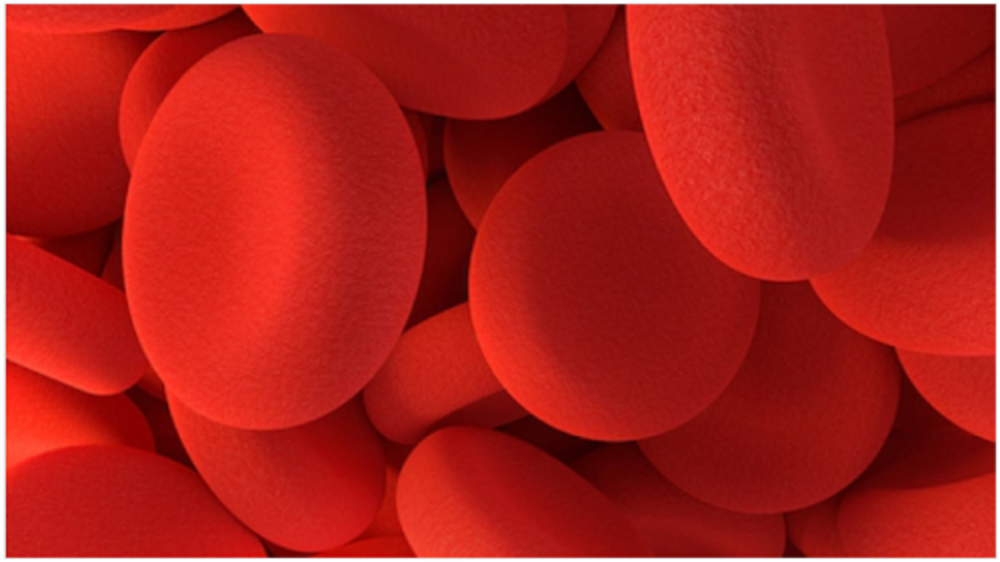Sample integrity check for high quality outcomes
FlexLab™ has just become smarter with a new inspection module, designed to check sample integrity

Bruno Abrantes – Business Development Manager at Inpeco – comments on the value of an early check of sample integrity, at the collection point.
Bruno is the Inpeco member of the Working Group for Preanalytical Phase (WG-PRE) of the European Federation of Clinical Chemistry and Laboratory Medicine (EFLM).
Here are his words, part of a speech delivered at a recent conference.
“For the past 25 years, Inpeco has been creating TLA (Total Lab Automation) solutions offering a true open continuum of automation and traceability by connecting as many specialties as possible in the lab. The widespread advent of Precision Medicine, business consolidation and sample collection, to name a few, has introduced new challenges for laboratory medicine. Consequently, more attention is now being paid to the preanalytical phase, with an even greater focus on what happens before-the-Lab.
We anticipated this trend in 2013 by launching ProTube™, a family of solutions for complete traceability during collection and transportation. Our recent partnership agreement with Becton Dickinson Europe (BD) is combining their pre-analytical expertise together with our competence in automation, with the aim of improving quality & efficiency in laboratory medicine, right from the onset.
Despite all efforts, the preanalytical phase of laboratory testing is still responsible for 2/3 of all lab errors, including misidentifications, transportation/storage errors or erroneous results due to poor sample quality (mainly hemolysis), ultimately harming the patient. (1,2)

Hemolysis is the most common preanalytical error in laboratory medicine and is responsible for over 60% of all sample rejections. It may occur during any preanalytical stage and lead to clinically relevant changes in patient results by interfering with laboratory measurements. (3) That is why it is so critical to assess sample integrity prior to testing, and the sooner we can do this, the greater the efficiency of the process.
Recent evidence has shown that human checks of serum quality (to assess HIL indices, conventionally defined as the hemolysis, lipemic, and icteric index), is highly unreliable and should be replaced by automated systems, while management of affected samples would greatly benefit from process standardization. (4)
To respond to these challenges, Inpeco has developed a Sample Integrity Module (SIM)*, a vision system for the estimation of serum/plasma indices, including Hemolysis, Icterus and Lipemia. In a few seconds, as part of a TLA system, each SIM can detect:
- Tube type and cap status
- Serum/plasma high- and low-levels
- Serum/plasma volume
- Qualitative evaluation of HIL
Multiple algorithms can be configured based on the information collected for each individual tube, allowing for optimized sample management during both the preanalytical and the analytical phases. With the addition of the SIM, sample accessioning and integrity confirmation have become easier than ever by reducing manual interventions and improving overall process efficiency.
Once again, Inpeco demonstrates its commitment to providing high-quality results for better patient care”
* The SIM is currently released for FlexLab™ systems with High Throughput only.
Sources:
1) Plebani M, Carraro P. Mistakes in a stat laboratory: types and frequency. Clin Chem. 1997; 43:1348-51.
2) Bonini P, Plebani M, Ceriotti F, Rubboli F. Errors in laboratory medicine. Clin Chem. 2002; 48:691-8.
3) Ana-Maria Simundic, Geoffrey Baird, Janne Cadamuro, Seán J. Costelloe & Giuseppe Lippi (2020) Managing hemolyzed samples in clinical laboratories, Critical Reviews in Clinical Laboratory Sciences, 57:1, 1-21, From doi: 10.1080/10408363.2019.1664391
4) Lippi, G., Betsou, F., Cadamuro, J., et al. (2019). Preanalytical challenges – time for solutions. Clinical Chemistry and Laboratory Medicine (CCLM), 57(7), pp. 974-981. Retrieved 2 Jan. 2020, from doi:10.1515/cclm-2018-1334
